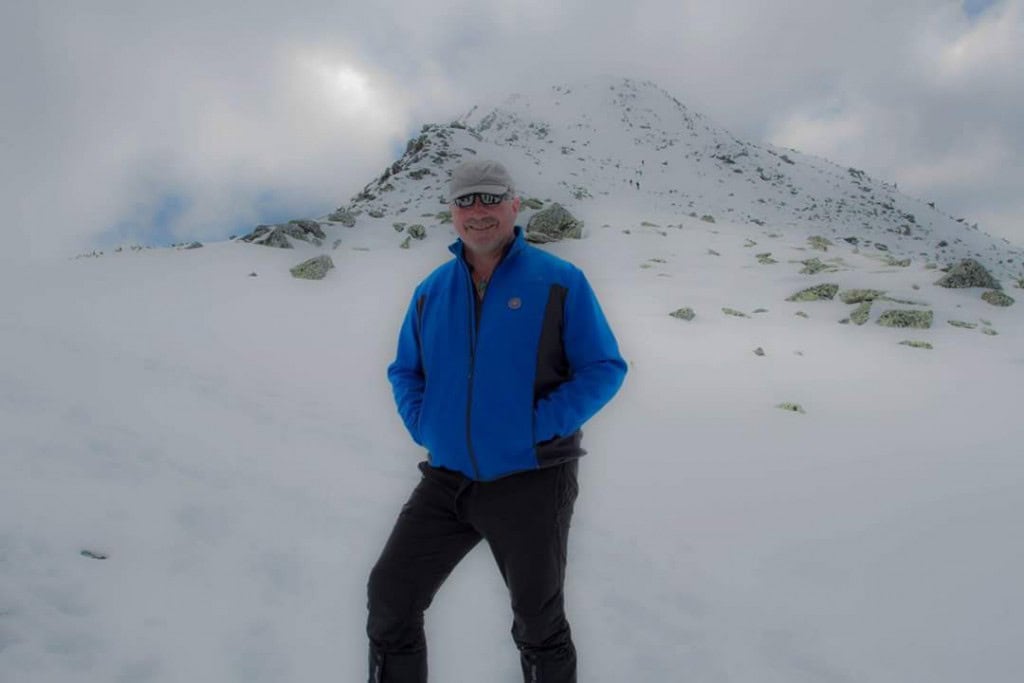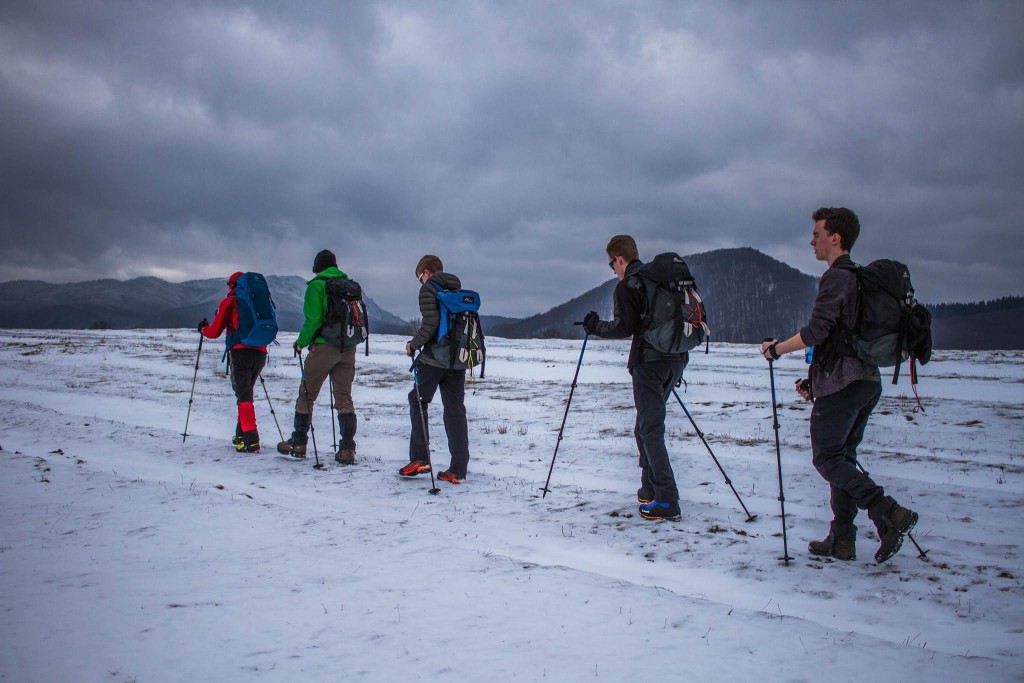“A montage of errors”: the biggest mountain fails, according to an expedition professional.
When it comes to expedition safety, Kev Sidford isn’t one to cut corners.
The founder of navigation and expedition training provider AdventureCode, Kev has spent a large portion of his life ensuring that when people go up mountains – they come down again in one piece.
Kev is also a director of the British Association of International Mountain Leaders (BAIML), a National Navigation Award tutor, and a Duke of Edinburgh Award Expedition assessor.
He spoke to battleface about risk, reward and why a ten-pound note is one of his essential expedition items.
Mountains can be treacherous in numerous ways, but what do you think is the biggest oversight you’ve seen from people planning to tackle a climb?
Having been leading expeditions for the last 35 years on the mountains, deserts, jungles and the volcanic landscape of Iceland, I don’t think it is one particular oversight but a montage of errors.
A heuristic trap is where an outdoor practitioner ignores the obvious signs and applies a rule of thumb. For example, the trap of familiarity, where you think “I’ve climbed this mountain 100 times, I have never seen or experienced an avalanche” or the trap of social proof, which could be thinking “It’s got to be safe, you can see the fresh tracks.”
There’s also the issue of commitment. As a leader sometimes you can get sucked into believing you have contractual obligations to get your client or group to the summit no matter what the cost.
Then there’s scarcity – this usually catches out those who have booked a week off work and travelled 300km to get to the mountains. Overnight it has had a mega dump and the entire mountain is at Threat Level 5 so to venture out could be signing your own death warrant. But perhaps a manic diary won’t allow you to return this year?
Misguided emotions can get the better of people. So I think some people get sucked into the moment and do not think with a level head.
You’ve presumably faced some hairy moments yourself? Does an incident spring to mind? And how did you deal with it?
I guess the event that has stuck in my mind and one that classically falls into the territory of heuristic traps is one that took place while I was working with a group of students and alongside my good friend Florin Bana – a highly-experienced mountain guide.
We were camping in a quiet valley in Romania, next to a small babbling brook. It was raining heavily but the campsite was complete with gazebo, caravan and picnic tables. A compact but long-established campsite.
All looked rosy in the garden despite the heavy rain. Late in the afternoon, we were engulfed with a two-foot wall of muddy water that destroyed everything in its path. Unfortunately, the Romanian government has sold much of its forests to corporates that are slowly destroying vast tracts of woodland. This then promotes serious flooding. There had been no flooding in the valley in 80 years so it was considered safe.
The upshot is we all survived physically, but were left very wet, covered in brown mud, with two mangled tents, virtually all clothes ruined and one rucksack (complete with passport) heading towards the Black Sea.
Our 24-hour support mechanism was not as efficient as expected so the cascade of information was useless. As our students were eager to speak to parents, I decided to break all protocols. This proved to be a game-changer, boosting the morale of the students and that evening we were in roofed accommodation, had visited Decathlon for a new wardrobe and were climbing mountains again. I am a firm believer in dealing with things now and not worrying about what the system thinks.
You’ve led tours with many groups but especially younger people. What benefits do you think trekking and mountain climbing brings to young people?
Sometimes the benefits are not immediate, other than perhaps an increased level of fitness – assuming that there is regular activity. Notwithstanding the educational experiences of learning about navigation and calculating the maths in your head when the elements are destroying your morale.
In most cases, it is the emotional impact and reflective thing when you realise there are 100 million people below your feet. You get the opportunity to see a vast temperature inversion or, even rarer, a Brocken Spectre and you begin to realise you are in a very special place.
We’re so used to walking around with smartphones in our pockets and having access to Google Maps etc. How would you persuade someone to learn more traditional navigation techniques?
As the mobile is the Swiss Army Knife of the modern age, I tend to adapt the navigation training by using the Ordnance Survey App as the immediate tool of the trade. As we continue to walk into more remote locations the phone becomes less helpful when trying to identify relief features (the shape of the landscape). Suddenly the paper map becomes a useful tool as you get to visualise what is around you, far more than you can from a phone.
Where’s a good place to start learning some of those skills?
‘Place’ as in location, anywhere. If Alastair Humphreys can develop a multi-day microadventure inside the London Orbital, then navigation within the confines of a city can easily be achieved. If you wish to learn from others, there are multiple agencies that can deliver training if you are in the UK. For example:
The National Navigation Award Scheme
The Mountain Training Organisation
Except for good boots, what’s a piece of kit you’d never climb a mountain without?
It is all important – one bit of kit complements another. I would probably say £10 to enjoy a pint and a chip butty at the end of a rewarding day.
Finally, where are you looking forward to visiting once it’s safe to travel again?
Anywhere, where there is a mountain or desert.













